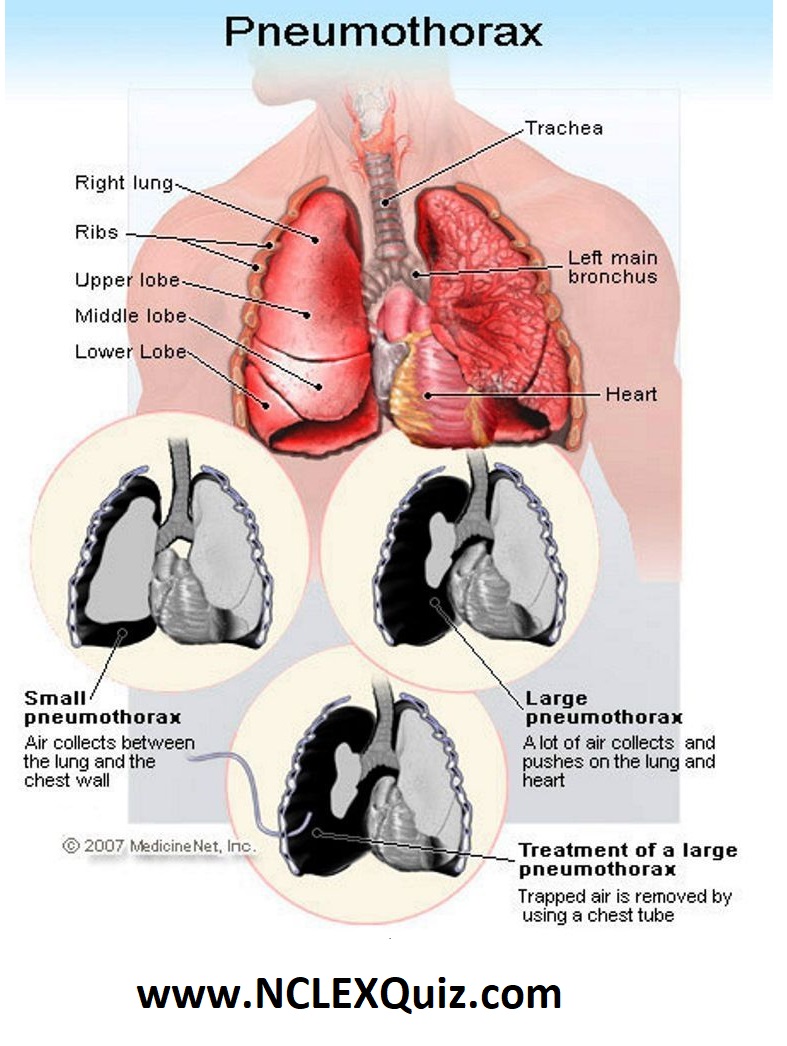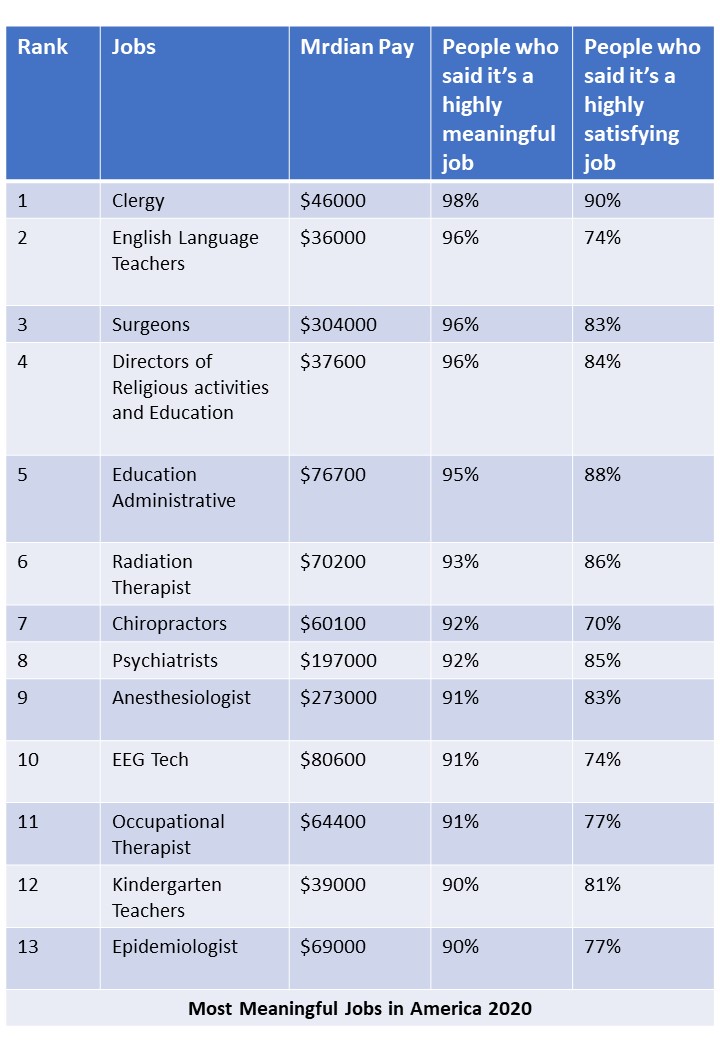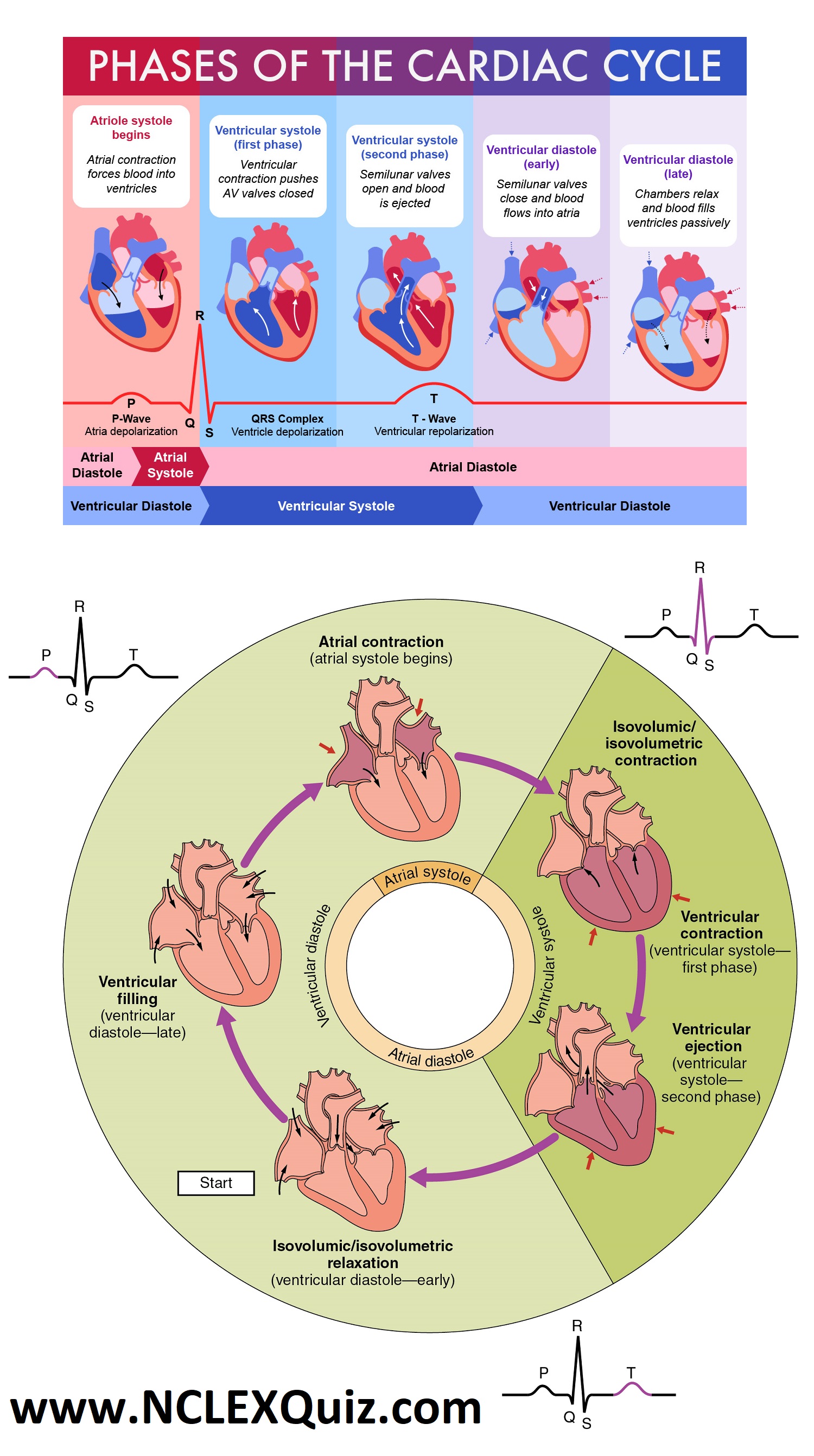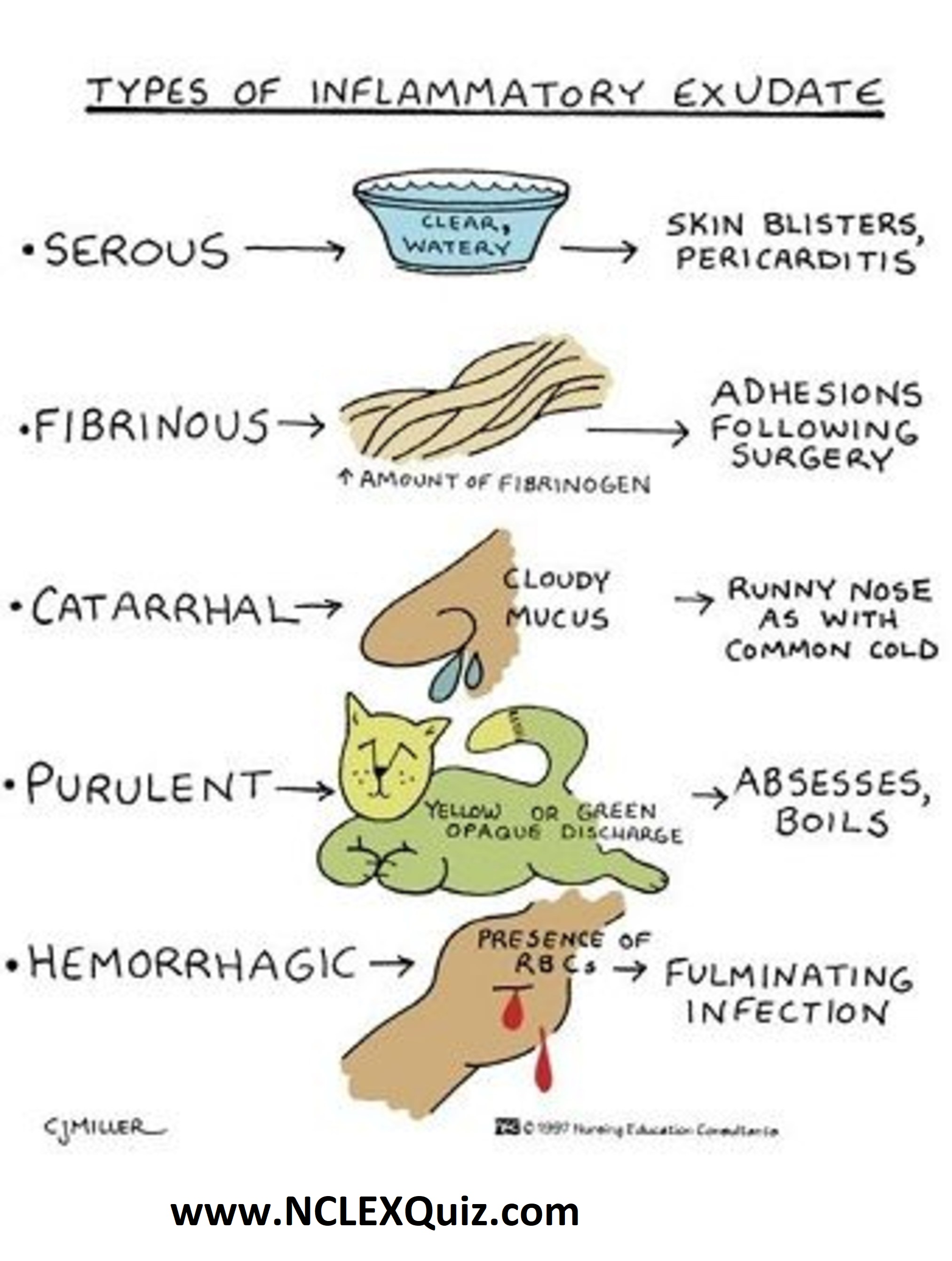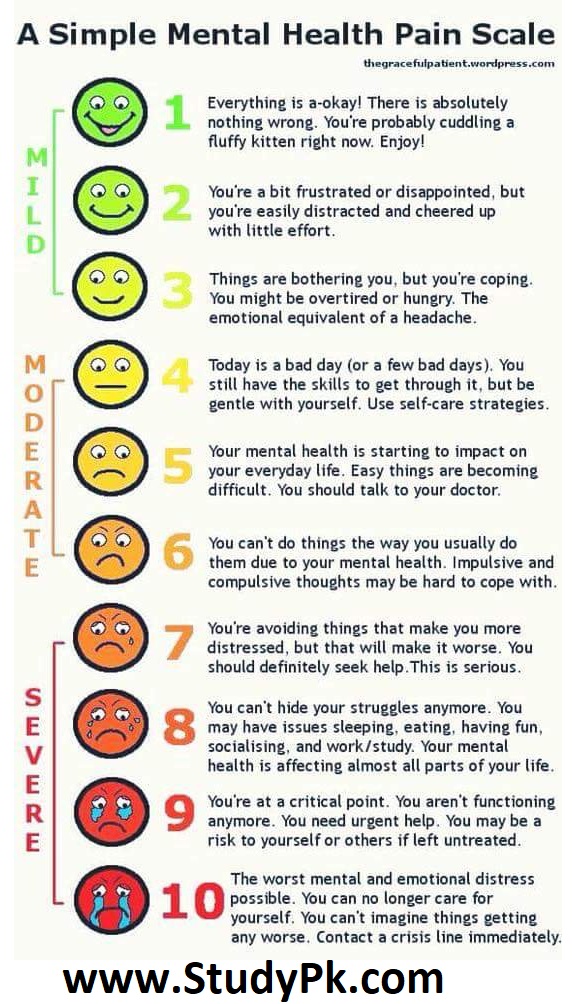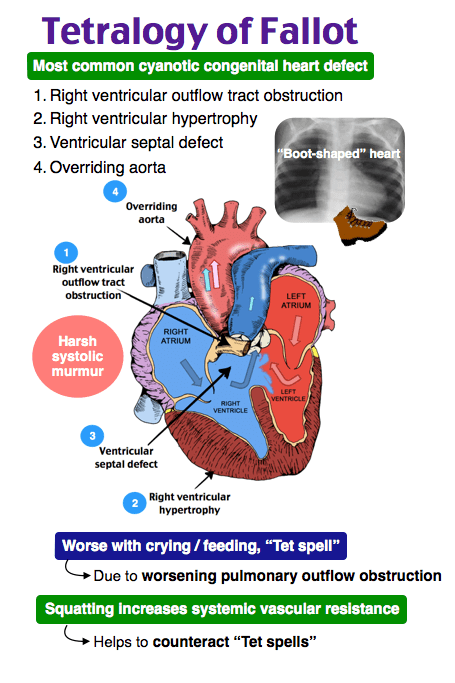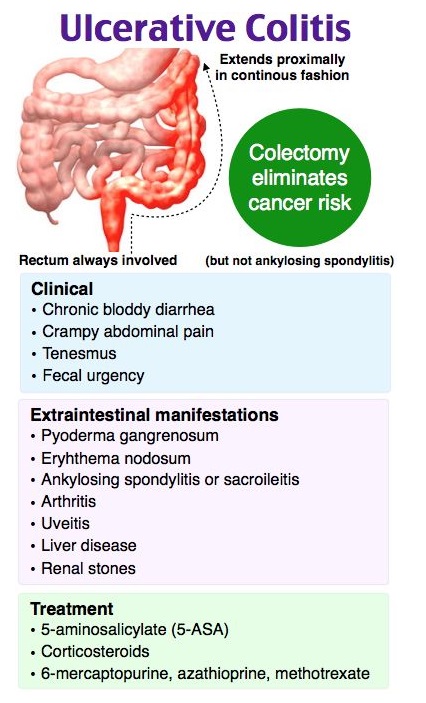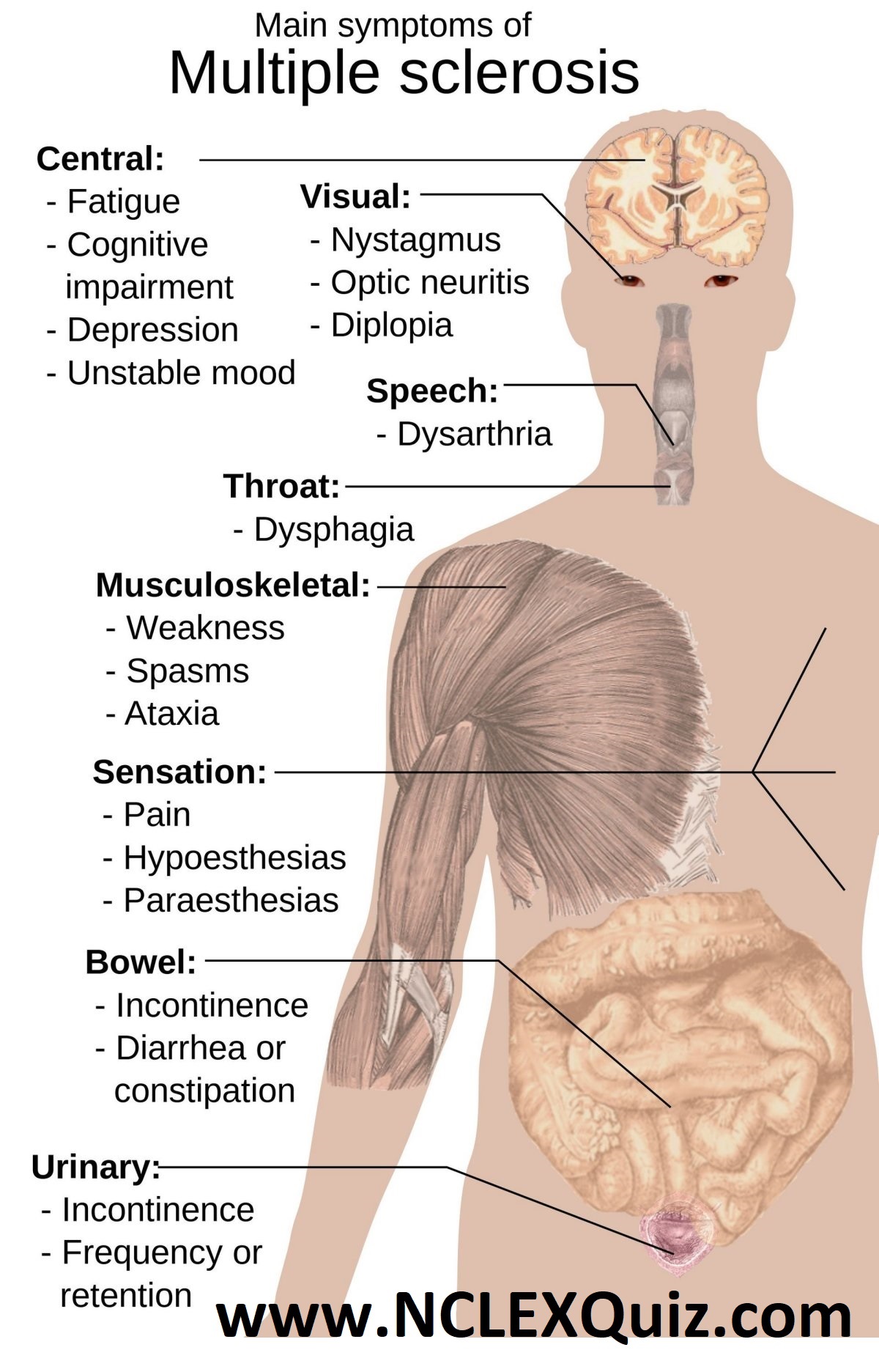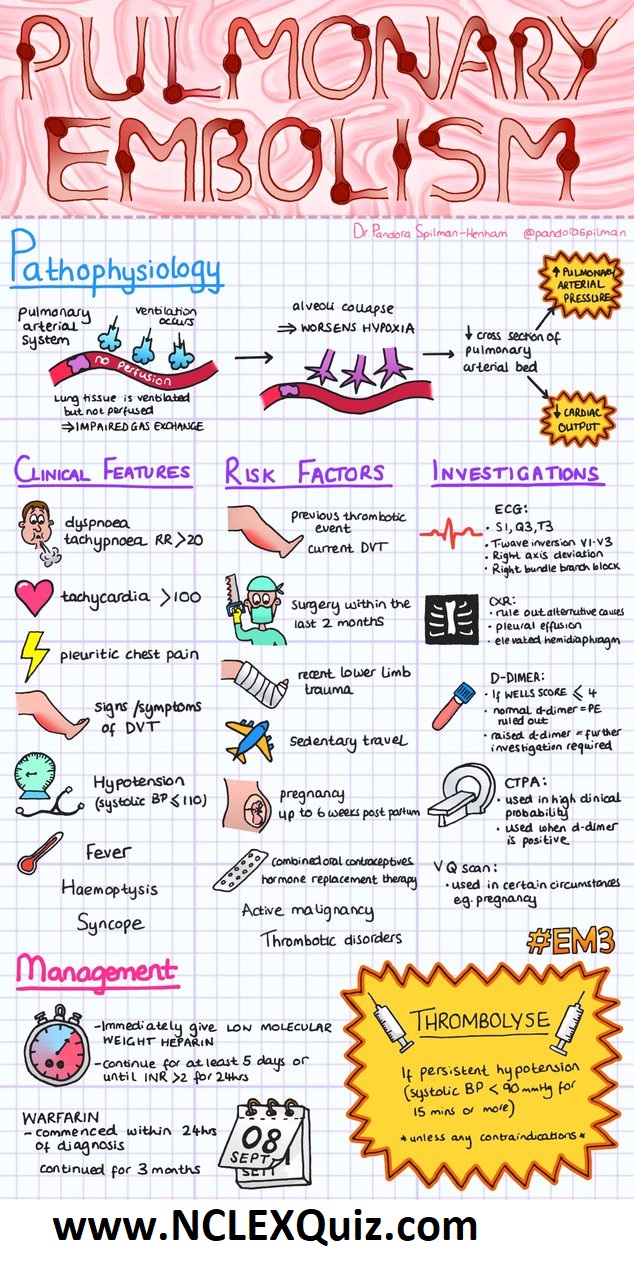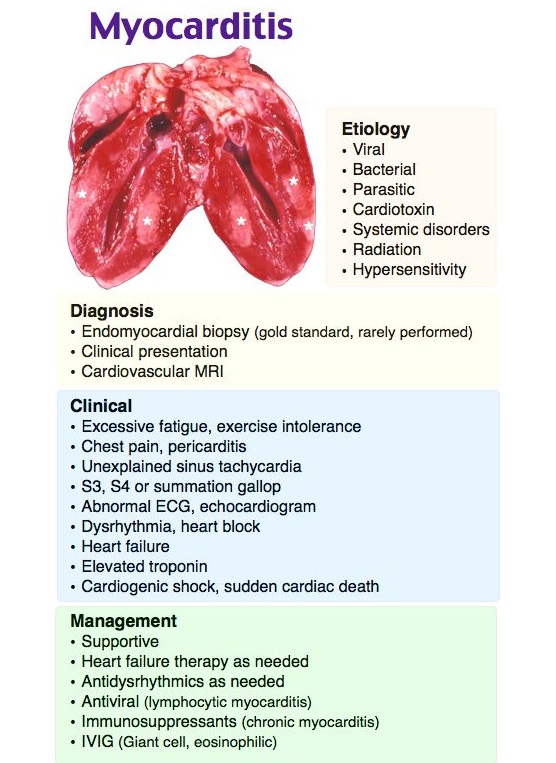Nursing Study Tips: Difference between Atelectasis and Pneumothorax
A Pneumothorax takes place when there is a tear in the lung and air builds up between the outside of your lungs and the inside of your chest.
Atelectasis is when one or more lobes (sections) of the lung collapse because of a blockage or pressure inside or outside the bronchial tubes in the lungs. The blockage causes air to become trapped, creating a sensation of shortness of breath. Blockages can be caused by:
1. Mucus plug
2. Tumor
3. Inhaled foreign object
A pneumothorax occurs when there is air or gas in the lung pleural cavity compressing some of the lung tissue. There are varying degrees of a pneumothorax (PTX) as some are mild and require only monitoring and others can be life threatening.
If it is mild, he may be monitored by his primary care physician or a pulmonologist (lung specialist), but if it is more severe, he may be admitted to the hospital. There are various causes for a pneumothorax, including trauma and spontaneous development.
A life threatening condition can occur when a tension pneumothorax develops and displaces a patient’s mediastinal structures (including heart and trachea). This can cause significant respiratory and cardiovascular compromise and requires emergent evaluation and treatment.
